Breathe
A simple box breathing exercise. Keep it close. Breathe.
LOGO
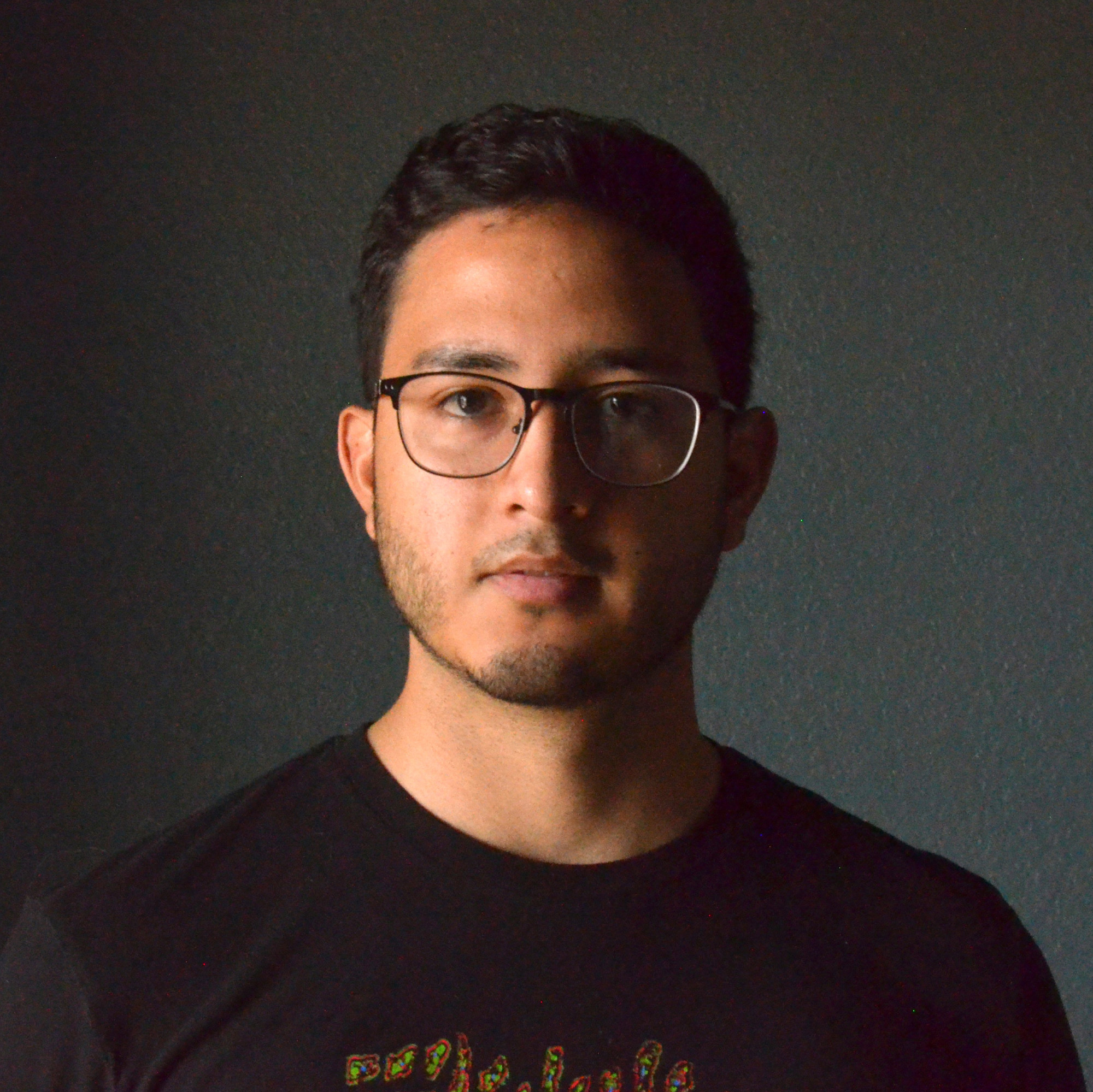
Welcome! You've found my personal page where I share projects related to machine learning, computer vision, web development, and art. I have a background in neuroscience and computational science and love integrating technology with art, supporting my community, and contributing to scientific research. Stick around—I'm always working on something new!
A simple box breathing exercise. Keep it close. Breathe.
Has this ever happened to you? You're trying to record a video for your wife's Nursing School assignment. But you keep blanking. You're standing there like an idiot. The camera's rolling and you're just... frozen? So now you gotta do take after take after take. Your wife's getting frustrated. You're getting frustrated. The lighting's changing. The dog won't stop barking. So you call up your buddy, Alex, and you're like "Dude, I need help. I keep forgetting what to say." And Alex goes, "Oh, I got you. I'm gonna build you a teleprompter." And you're like, "A what?" And he goes, "A TELEPROMPTER. It scrolls the words right in front of the camera. Actors use them all the time." So now you're thinking, "Okay, this is gonna be PROFESSIONAL. This is gonna be SMOOTH." Alex whips up this whole app - scrolls at the perfect speed, adjust to whatever size you want, the text is RIGHT there. You fire it up. You hit record. You're reading. You're NAILING it. You're looking directly at the camera like you're having an actual conversation. Your wife can't even tell you're reading! She thinks you just suddenly got really good at remembering things! But you didn't get good at remembering things. You just stopped TRYING to remember things. You realize this is BETTER, SMARTER, it's using your buddy's brain instead of your own brain. Has this ever happened to you?!
Find the teleprompter at latente.io/teleprompter. Alex is not responsible for any sudden increases in confidence, professionalism, or your wife thinking you're smarter than you actually are. Void where prohibited. Dog not included. Alexandro is not a real person but Alex is. Please don't sue me.
"I'm scrolling... and I'm scrolling. And I'm learning a lot." Sometimes I fall on the beautiful side of Instagram and life is good. In one such moment, I came across a reel of an artist rendering a trippy collage of Audrey Tautou as she appears in Amélie. The technique—duplicating, weaving, and layering images into mesmerizing geometric patterns—felt like the perfect challenge to exercise my image manipulation skills. After some trial and error, I got it!

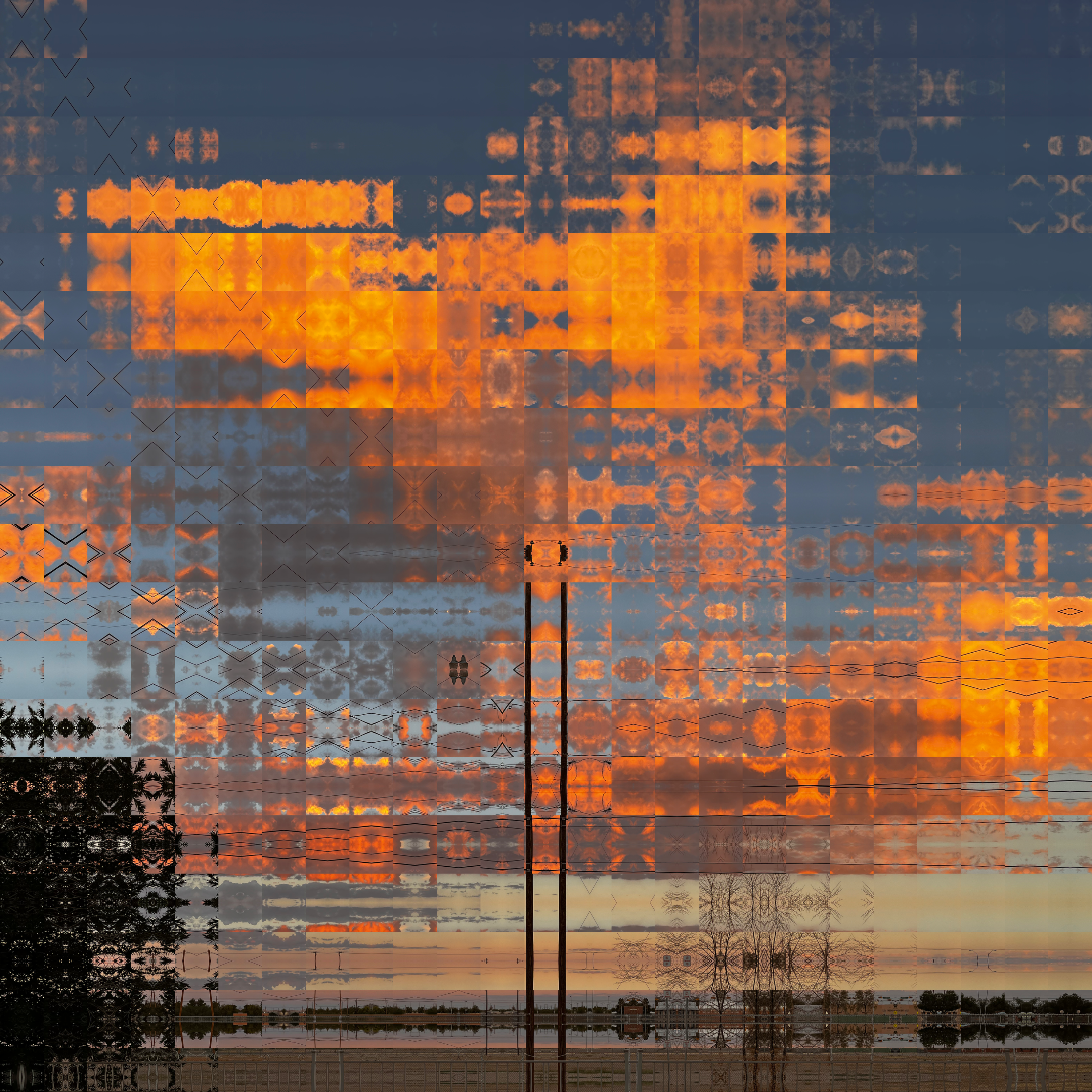
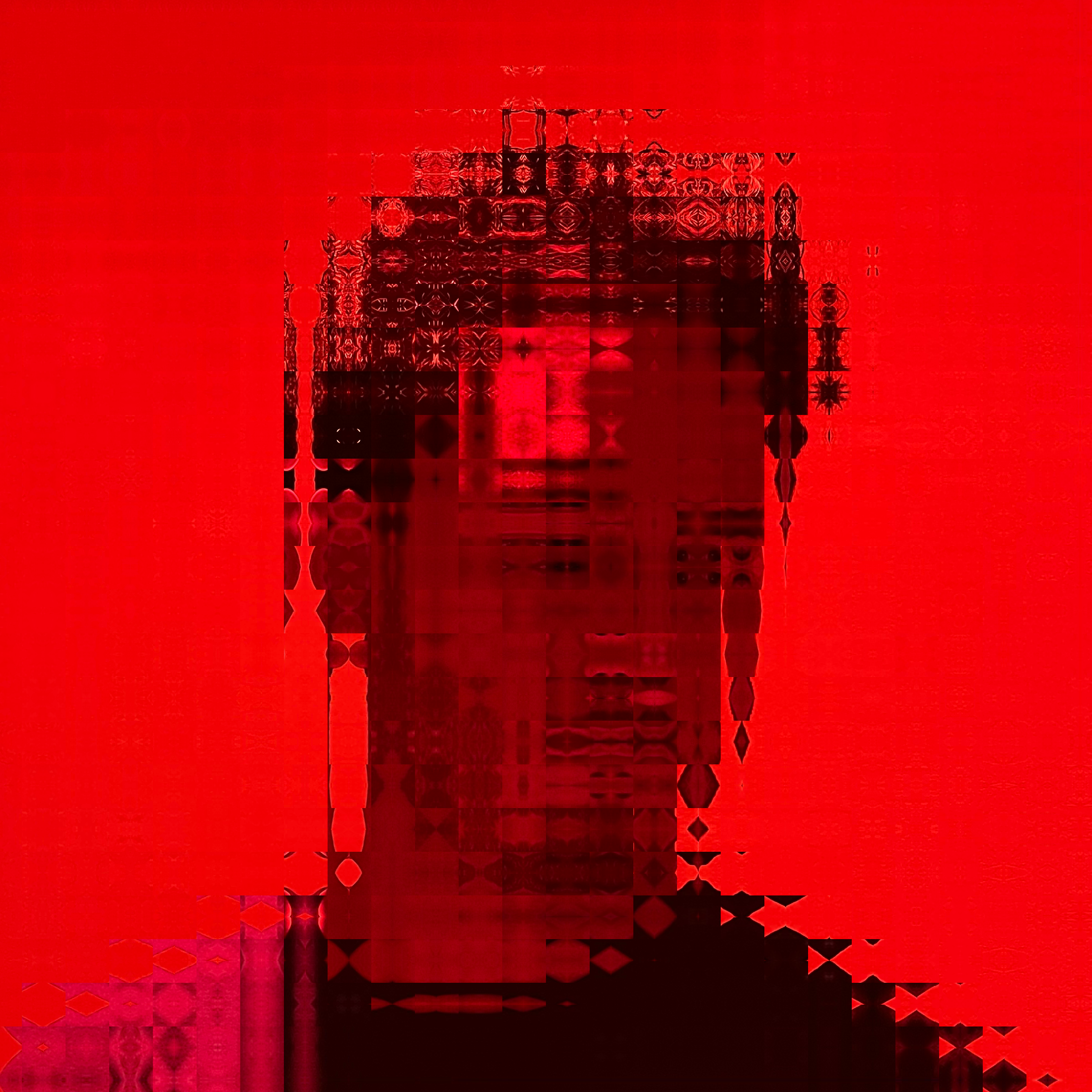
Carré's work features black-and-white portraits against solid backgrounds, where the subject's silhouette becomes the focal point of the distortion. This tool extends that to any image. Some render beautifully, while others produce unexpected, almost glitchy results—but that's part of the fun. It's a small tribute to the original artist's vision, and a reminder that sometimes the best way to appreciate art is to try your hand at making it yourself. Try it yourself!
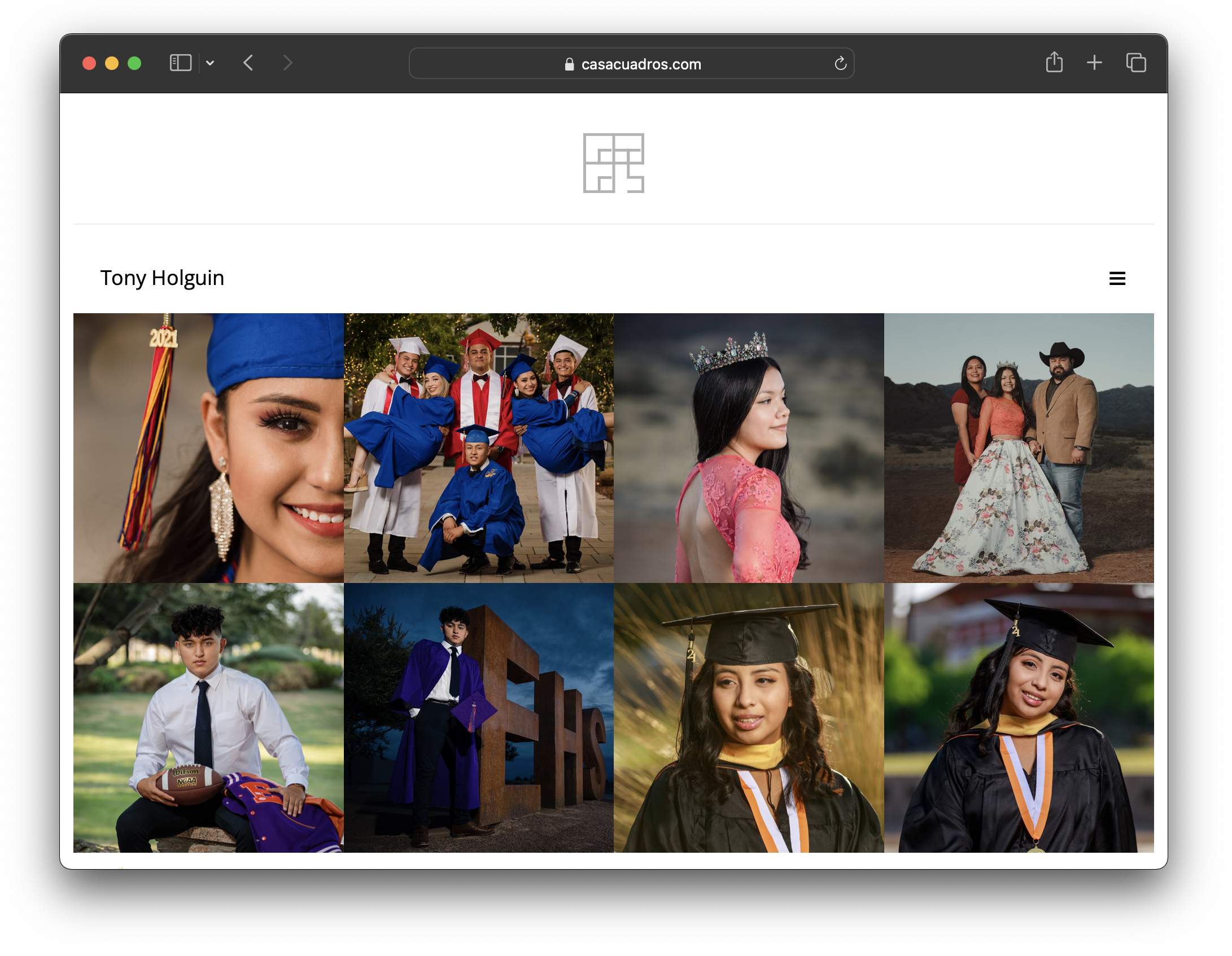
Casa de Cuadros began as a way to carry forward a tradition that started with my father's photography studio, a staple near the Ysleta Mission in El Paso, Texas. Growing up, I spent my afterschool hours at his studio, starting with simple tasks like adjusting lights and moving benches, and gradually taking on more responsibilities such as editing photos and covering events. It was more than just a business; it was where I learned the art of photography and its ability to connect people.
As photography shifted from film to digital, the studio eventually closed, and though we continued working as freelance photographers, life got busier, and the business slowed down. But even as calls from old clients came in, I felt a strong urge to do more than just say we weren't available—I wanted to be able to refer them to someone who could help, to be a bridge rather than a dead end.
The pandemic was a turning point for me. Watching the boom in content creation made me realize that photographers are the original content creators, professionals who craft visual stories and connect with people in unique ways. I wanted to create a space where photographers in our community could showcase their work without the clutter of ads or the noise of larger platforms—a place that truly reflects the self-loving and supportive nature of our community.
Casa de Cuadros is my way of keeping that connection alive, of providing a simple, no-fuss platform where local photographers can share their work and where people in the community can find the creative talent they need. It's about keeping the art of photography thriving in El Paso, honoring the legacy of my father, and supporting the next generation of local artists.
Please feel free to visit the site at casacuadros.com and explore the work of our local photographers.
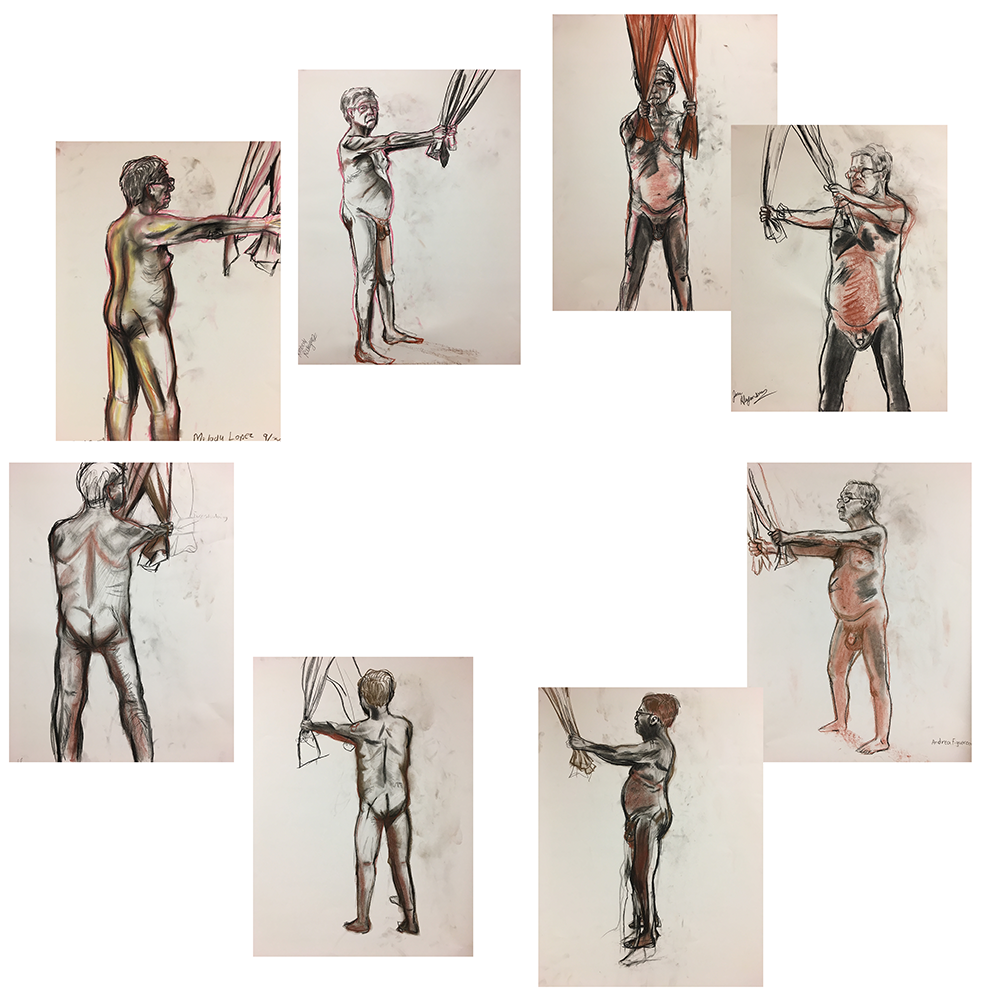
I was visiting EPCC Valle Verde Campus during the fall semester before the pandemic, when I came across a series of life drawings displayed on the walls. As I walked down the hall, I could feel myself move across the room in the drawings as the perspective of the individual artists changed. Inspired by this experience, I sought to create a GIF that would replicate the sensation of moving through the room. A year later, I reached out to the professor of the course with this idea. Last month, he sent me images from a few series, and these are the results. Also, check out their virtual hall for more student art.
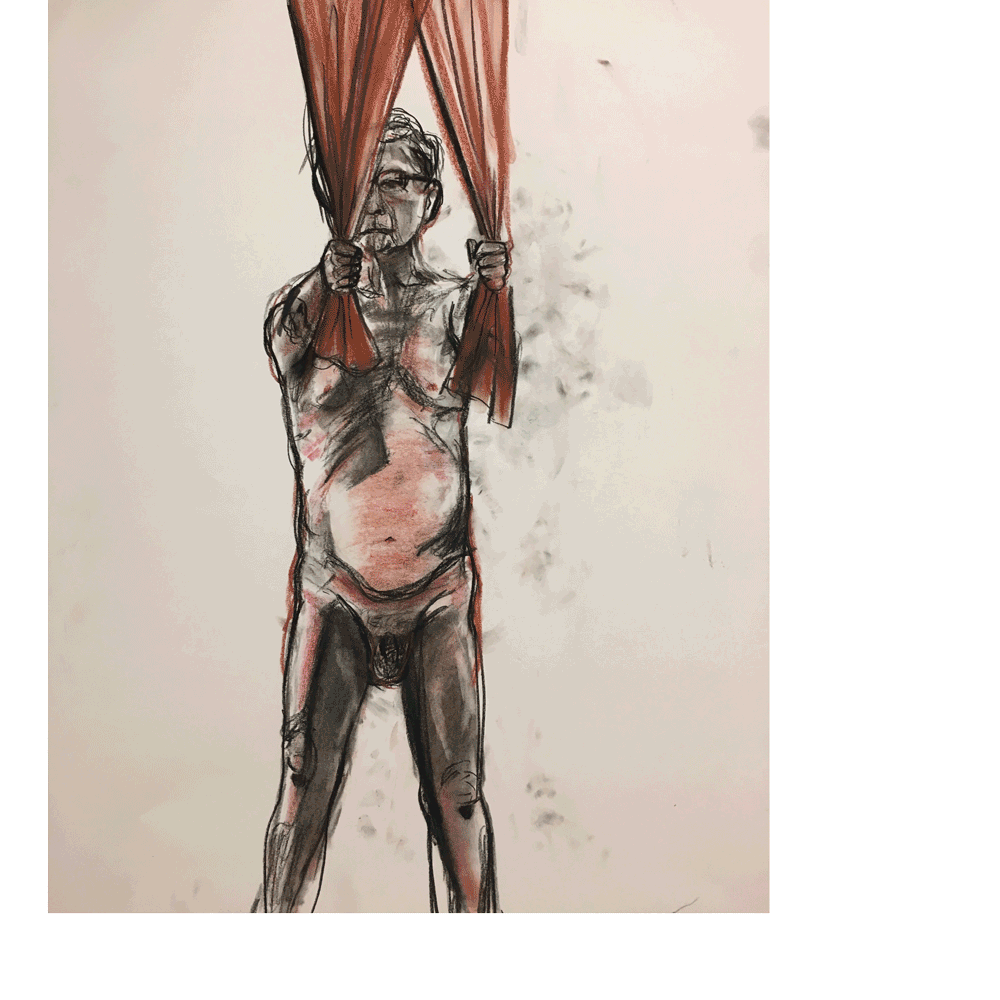

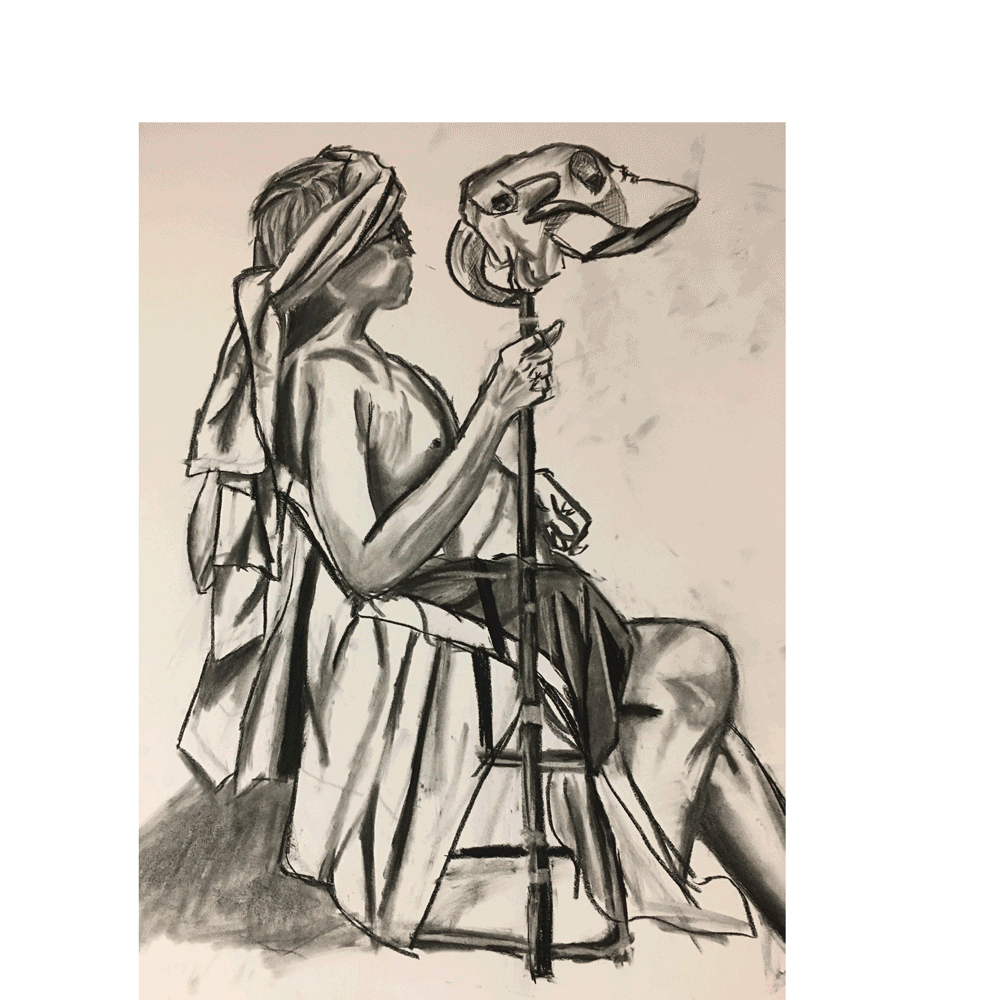
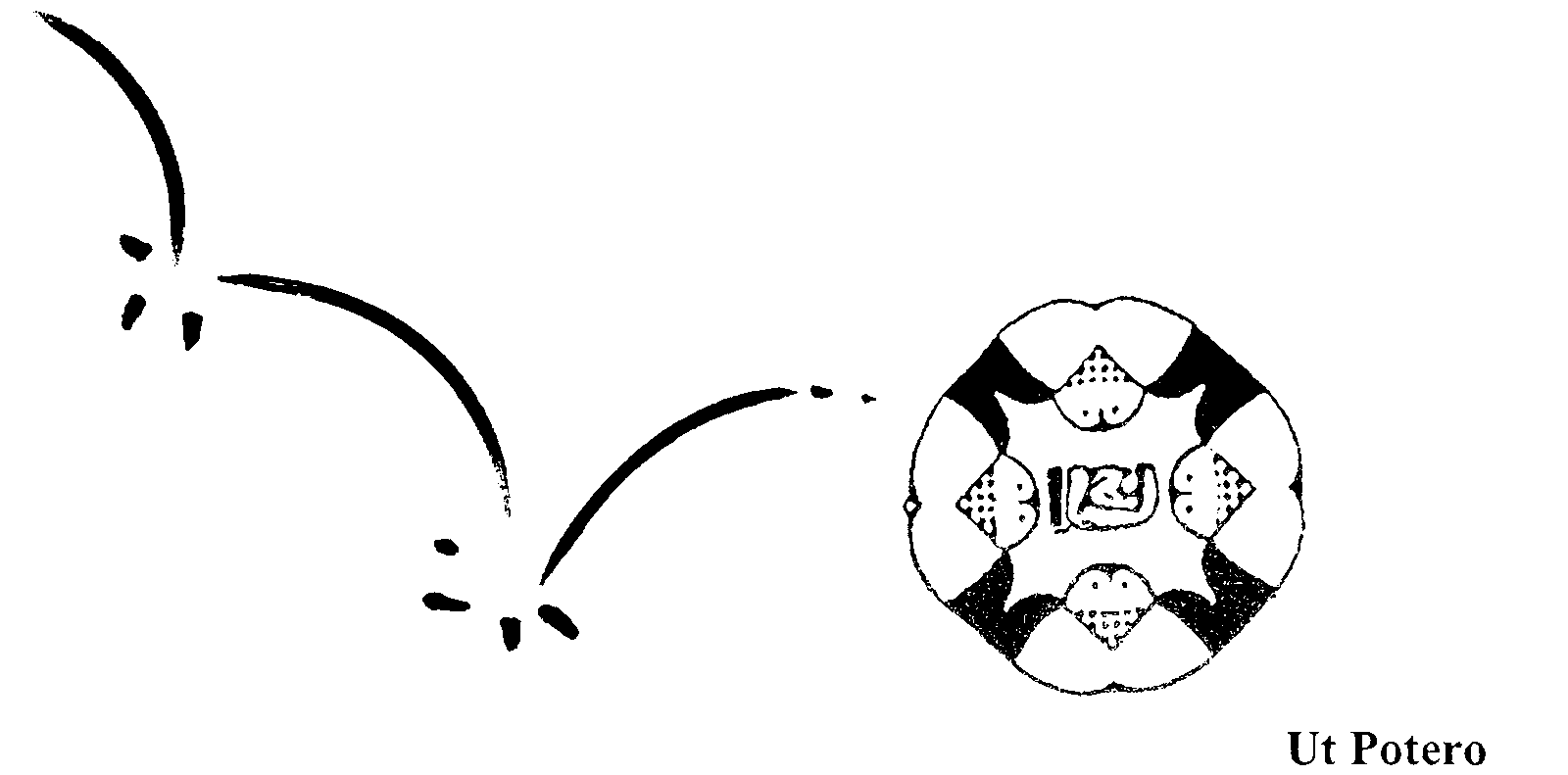
I am playing artist's assistant helping my uncle share his work with the world. While I may not be deeply versed in the intricacies of the art world, I have no doubt about his talent. I'm genuinely excited for others to discover the artistry of Eugenio de Arnal and the creative legacy of the Arnal family.
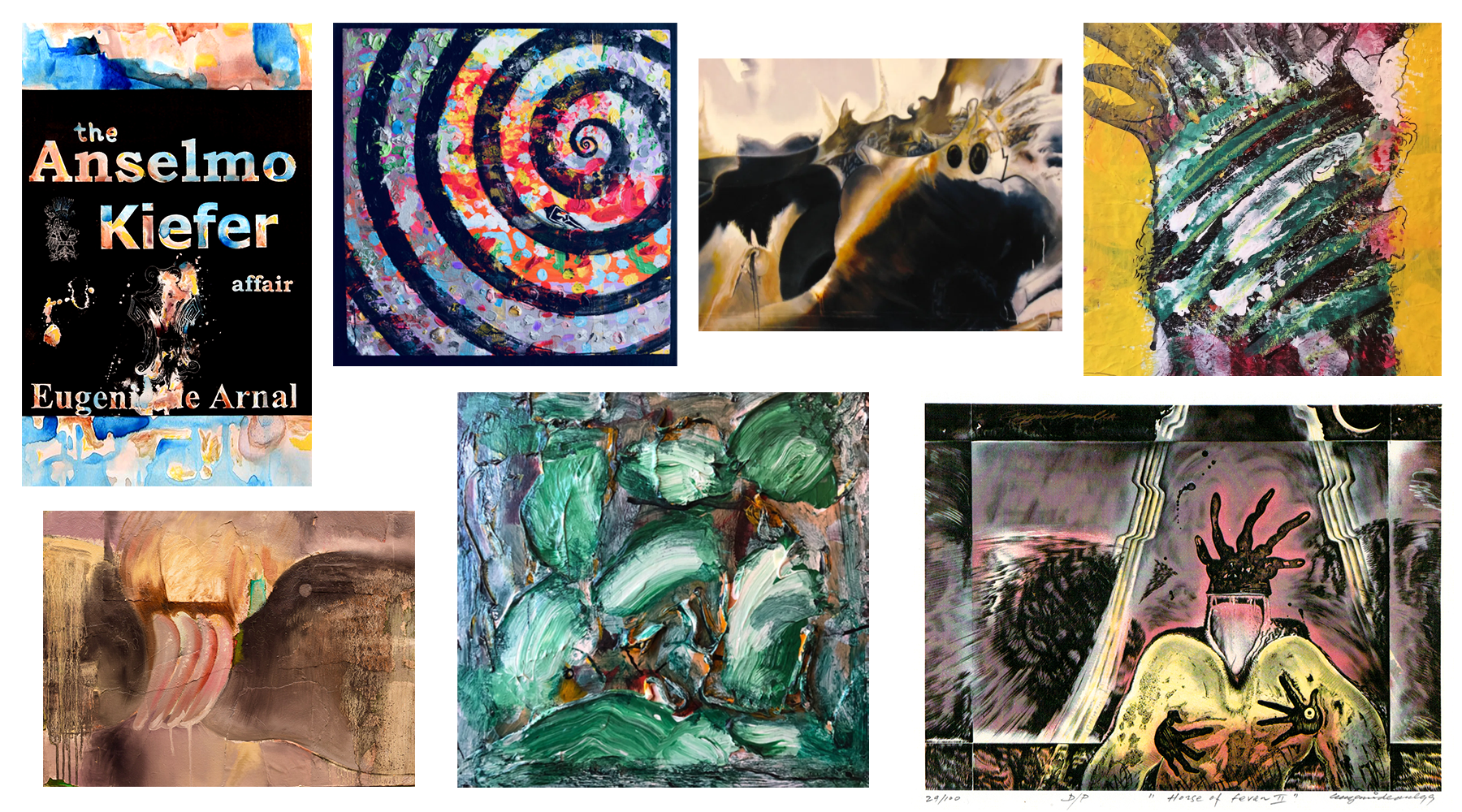
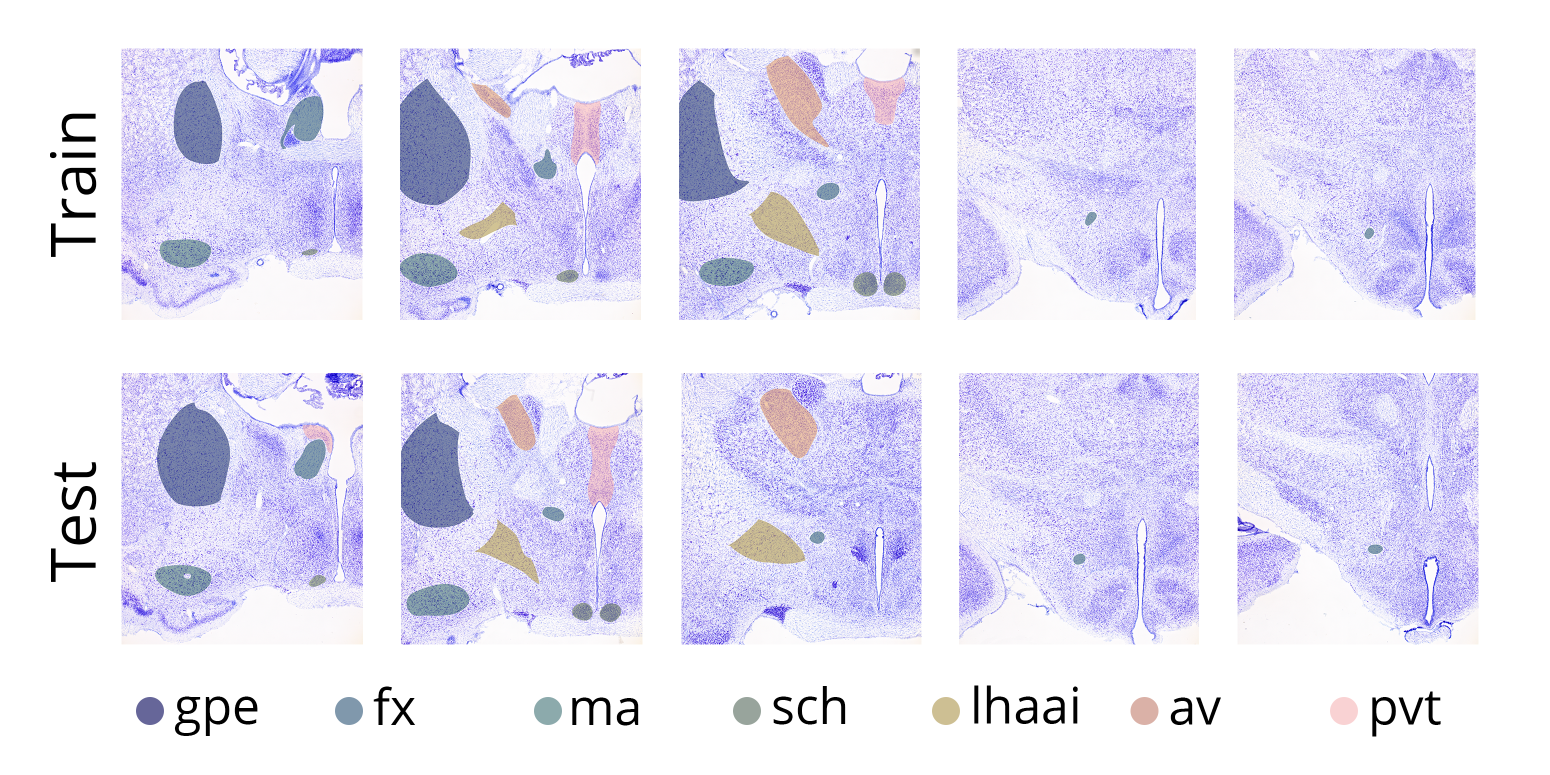
We use computer vision to segment rat brain regions from images of tissue sections stained for Nissl substance. Our practical goal is to deploy a method to parcellate brain tissue for neuroscience studies. The theoretical goal is to learn what features are important to a computer when segmenting brain regions. The computer vision methods are optimized by comparing their output with expert–drawn masks that delineate brain region boundaries in accordance with a standardized rat brain atlas, such as Brain Maps 4.0 .
We recently published a paper under this line of work: Effects of scale on segmentation of Nissl–stained rat brain tissue images via convolutional neural networks, Proceedings of FLAIRS-35 2022.
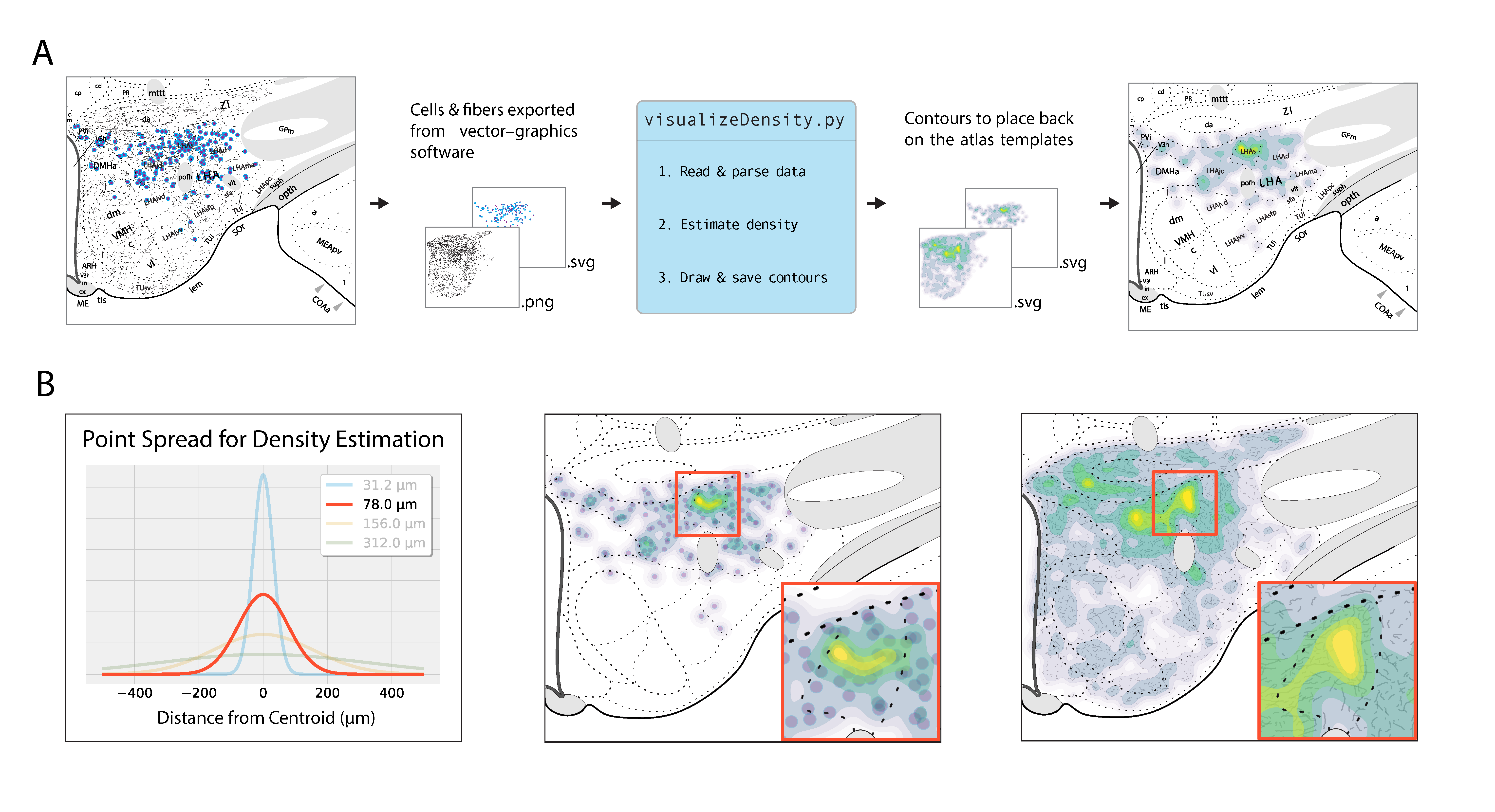
We are exploring methods to visualize and analyze data that has been mapped to a standardized atlas, like Brain Maps 4.0. Often, rigorous benchmark standards to digitally document ground truth, such as atlas–based mapping, do not take full advantage of the digital format of the data. Mapped data such as tracer injections sites, cell body positions, and fiber tracings (as shown above) can be quantified and analyzed in new ways inside the atlas the data is mapped to.
Email : alex51195@gmail.com
Phone : (915) 588-1690
Address : El Paso, Texas